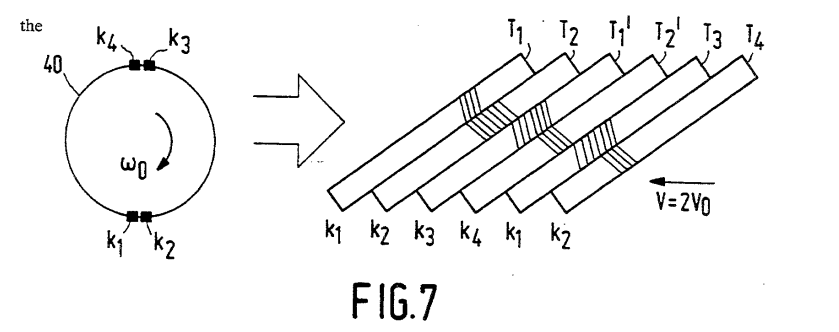
"The Federal Circuit reversed the Board of Patent Appeals' decision, highlighting that the prior art did not sufficiently disclose the claimed inherent relationship necessary for obviousness."
"In re Rijckaert set a significant boundary on inherency in obviousness determinations, clarifying that inherent satisfaction must be clearly established by prior art."
The Federal Circuit's ruling in In re Rijckaert (1993) clarified the role of inherency in assessing patent obviousness. The case centered around a magnetic recording apparatus that optimized track filling based on a specific mathematical relationship involving tape wrapping angle, head pairs, and non-recording intervals. The PTO's rejection was based on two prior art references that failed to address this relationship adequately. The FC reversed the Board's decision, ruling that inherent satisfaction must be clearly supported by prior art disclosures, thus setting a critical precedent in patent law.
Read at Patently-O
Unable to calculate read time
Collection
[
|
...
]